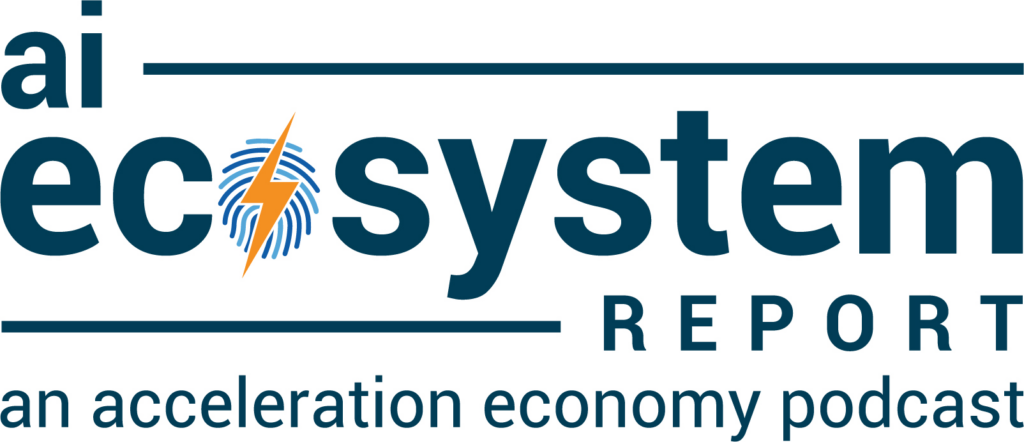As the chief information officer (CIO) of a manufacturing company, my role involves identifying new technologies that can add value to our operations. It’s not possible to implement every innovative technology or even test each extensively, but I find the process of imagining their potential use in our company quite rewarding. This allows me to create a list of promising projects and then focus on securing funding for the ones that seem to offer the most benefits.
Recently, a particular technology platform has sparked my interest in this context: Process mining using artificial intelligence (AI) to enhance process optimization. Intrigued by its potential, I’ve been exploring how my company could use process mining technology to enhance customer service, a critical component of our business success. To demonstrate its potential, I’ll start by explaining process mining, then I’ll explore how AI can amplify its benefits and examine its applicability to improving customer service operations.
To understand the shifting sands of how mid-market and enterprise CXOs are making purchase decisions to modernize technology, consider Acceleration Economy’s “Selling to the New Executive Buying Committee,” a Course designed to assist vendors, partners, and buyers in this process.
What is Process Mining?
Before you can optimize a process, you must have a good understanding of the current process. Traditionally, this was accomplished using process mapping, a manual method of documenting and visualizing processes based on stakeholder knowledge and standard procedures. In contrast, process mining is a data-driven technique that uses event logs to reconstruct and visualize how processes are executed in practice.
While process mapping provides a theoretical understanding of the process, process mining offers an empirical view of real-world process performance, revealing variations and inefficiencies that may not be evident in the theoretical design.
AI’s Role in Process Mining
Process mining can be enhanced in several ways by introducing AI and machine learning (ML) techniques:
- Anomaly detection: AI can automatically detect anomalies in process execution. By training a machine learning model on how a process usually executes, the model can identify instances that deviate from the norm, indicating potential issues or bottlenecks in the process.
- Predictive process monitoring: AI can predict future process outcomes based on current and historical data. For example, an ML model could predict the likelihood of a process instance exceeding its expected completion time, enabling preemptive corrective actions.
- Process enhancement: Machine learning models can be used to recommend process enhancements. For instance, they might suggest changes to the sequence of tasks or identify opportunities to automate tasks to improve efficiency.
- “Concept drift” detection: Processes can change over time, a phenomenon known as concept drift. AI can help detect when the underlying process is changing and update the process model accordingly.
Gather Data with Process Mining
As I mentioned, I’m interested in seeing how this would work for a project to optimize customer service operations. We use Microsoft Dynamics 365 Finance and Supply Chain and the Microsoft Power Platform, so using Microsoft Power Automate with process mining and AI seems like a good place to start.
Power Automate offers ready-made templates that facilitate quick implementation. Moreover, it boasts accessibility to more than 250 preconfigured connectors and offers the flexibility to reshape data utilizing Power Query capabilities. It also enables a more comprehensive understanding of processes through its robust process mining analytics.
Here are the steps my company might take in this project:
- Data collection and preparation: First, we’ll gather and prepare data from various sources such as customer interactions, sales systems, emails, and social media conversations. Then we will clean and structure the data for analysis.
- Process mining: Next, we will use process mining to understand the processes occurring within customer service operations. This involves discovering, monitoring, and improving real processes by extracting knowledge from event logs. The goal is to understand what the current customer service process looks like, where bottlenecks or inefficiencies occur, and where there might be opportunities for improvement.
- AI and ML: Once the processes have been mapped out and problem areas identified, we will use AI and machine learning to make predictions, automate tasks, and enhance decision-making. For example, we might use natural language processing (NLP) to analyze customer feedback and identify common issues or sentiment trends. ML algorithms could predict customer behavior or needs based on historical data.
- Optimization and automation: We can use the insights gathered from process mining and AI to optimize the customer service process. This could involve automating certain tasks, redefining workflows, or implementing predictive models to preemptively address customer issues. For example, we could use a chatbot to handle common customer queries, freeing human agents to handle more complex cases.
- Continuous improvement: Finally, combining process mining and AI allows continuous monitoring and improvement of the customer service process. The system can constantly collect and analyze new data, allowing ongoing optimization based on real-world results.
How Process Mining Can Optimize Customer Service
In practical terms, here are a few examples of how my organization might apply process mining data to improve our customer service processes:
- Bottlenecks and delays: Process mining could reveal that certain steps in the customer service process are taking longer than they should, leading to longer wait times for customers. For example, the step of transferring a customer to the appropriate service representative may be causing delays.
- Inefficient issue resolution: If process mining shows repeated back-and-forth communications between the customer and the service representative, it might indicate that issues are not resolved efficiently, especially on the first contact.
- Non-compliance with procedures: Process mining could uncover instances where customer service representatives are not adhering to the intended process. This might include skipping steps or taking shortcuts that could impact customer satisfaction or compliance with regulations.
Once these issues have been identified, we could implement various optimizations, such as:
- Improving workflow: We can address bottlenecks and delays by reengineering the process flow. This might involve, for example, improving the routing algorithm to ensure customers are directed to the right representative more quickly.
- Training and support: If process mining identifies inefficiencies or non-compliance with procedures, we might need to provide additional training or support for customer service representatives. This could include training on issue resolution techniques or on the correct procedures to follow.
- Standardization: We could address high variability in processes by standardizing the customer service process. This could involve creating more detailed protocols or scripts for our representatives to follow.
Optimize Processes, Compliance, and Profitability
The union of AI and process mining opens new possibilities. It’s a promising approach to enhance efficiency with potentially good results in customer service. By providing a data-driven, factual perspective on our existing processes and enriching this understanding with AI’s predictive and analytical capabilities, we can detect inefficiencies, anticipate outcomes, and propose improvements. As we navigate the path of digital transformation, merging process mining and AI provides a key instrument for fine-tuning our processes, assuring compliance, and ultimately, enhancing our profitability.











